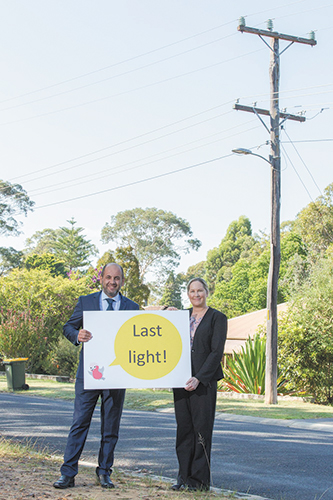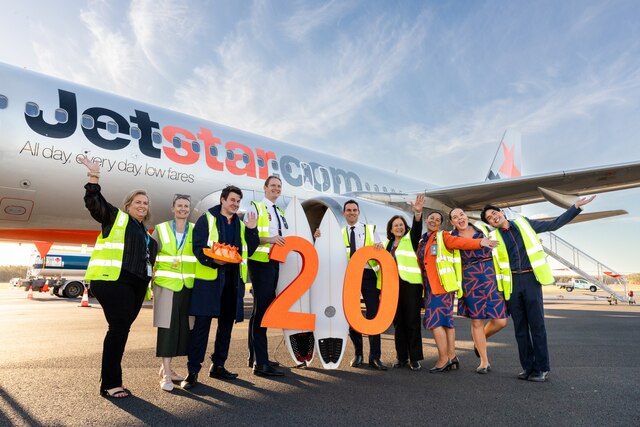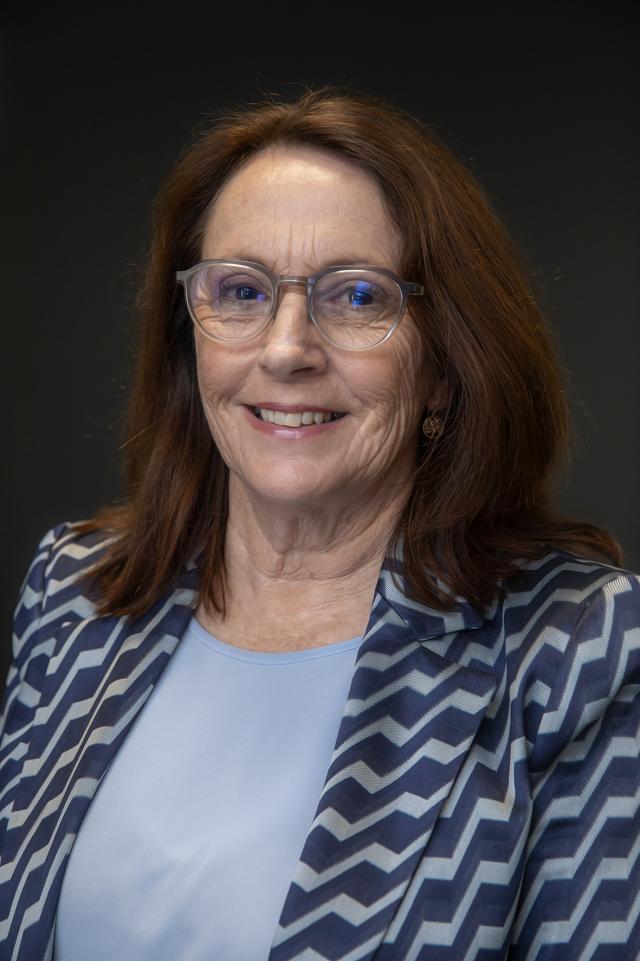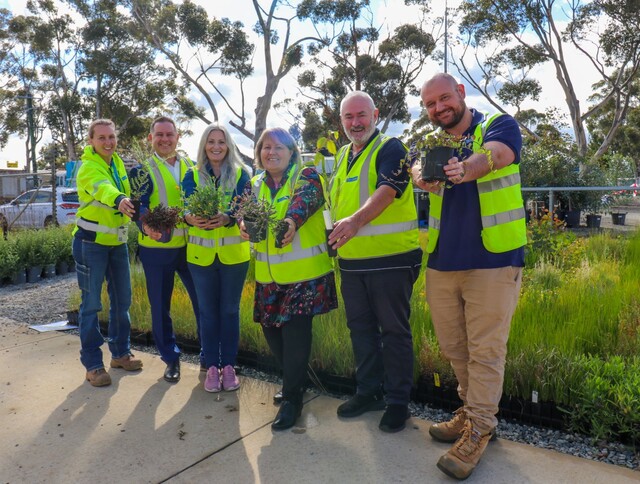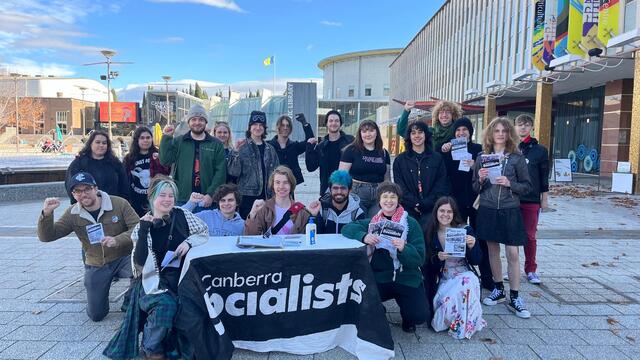The biggest LED street light replacement project in New South Wales, Light Years Ahead, was completed in March.
Nine Western Sydney councils have been working on the collaborative street lighting project since 2014. Councils involved in the project are Blacktown, Blue Mountains, Fairfield, Hawkesbury, Hills Shire, Holroyd, Liverpool, Parramatta and Penrith.
The project is estimated to save the participating councils $20 million and 74,000 tonnes of carbon dioxide emissions over 20 years. The $20 million savings are significant as street lighting makes up around 55 percent of councils’ energy costs. The emission savings are equivalent to taking 37,000 cars off the road each year over a 20-year period.
Endeavour Energy crews began installing LED lights in May 2014 in Werrington County, a suburb of the Penrith local government area. By the mid-March 2016 crews changed 13,951 mercury vapour streetlights with the last light installed in Winmalee in the Blue Mountains.
Western Sydney Regional Organisation of Councils (WSROC) President, Councillor Tony Hadchiti, said, “It’s a great time for WSROC and our councils. It’s always satisfying to announce a major milestone project. Light Years Ahead is a great precedent for future LED lighting projects and more generally, for other council-initiated infrastructure upgrades in Western Sydney.”
At the many community events and launches attended by Light Years Ahead staff, residents discussed their energy-saving actions, solar hot water and other systems, and a desire to increase their renewable energy capacity.
This anecdotal evidence is reflected in Australian data related to energy consumption and solar technology adoption.
Between 2013 and 2014 there was a four percent reduction in the energy consumption of the residential sector.
Cr Hadchiti said, “It is clear that our residents support Western Sydney councils’ energy-saving initiatives including this project.
Residents have been installing solar in their homes for some years now. They have heard the messages. They are watching their energy usage, upgrading appliances and doing what they can within their own household budgets – whether they are owner-occupiers or tenants.”
He continued, “This project provides an excellent example of how councils can work together with the Australian Government to successfully implement projects that minimise energy consumption and costs, reduce greenhouse gas emissions and deliver broader benefits to the community.”
Recycling has been a major consideration of the project. Most of the components of the old mercury vapour street lights are being recycled. After several stages of recycling, the old components can be melted down to be used in acrylic-based products such as house paint.
The Light Years Ahead project received funding of $5.3 million from the Australian Government and $2.6 million in funding provided by the nine participating councils.

